commentary Commentary
Commentary: Stop stealing my plants!
Plant theft is not just a real and growing issue in Singapore, affecting scores of individuals, organisations, businesses and public parks, says Cherie Tseng.
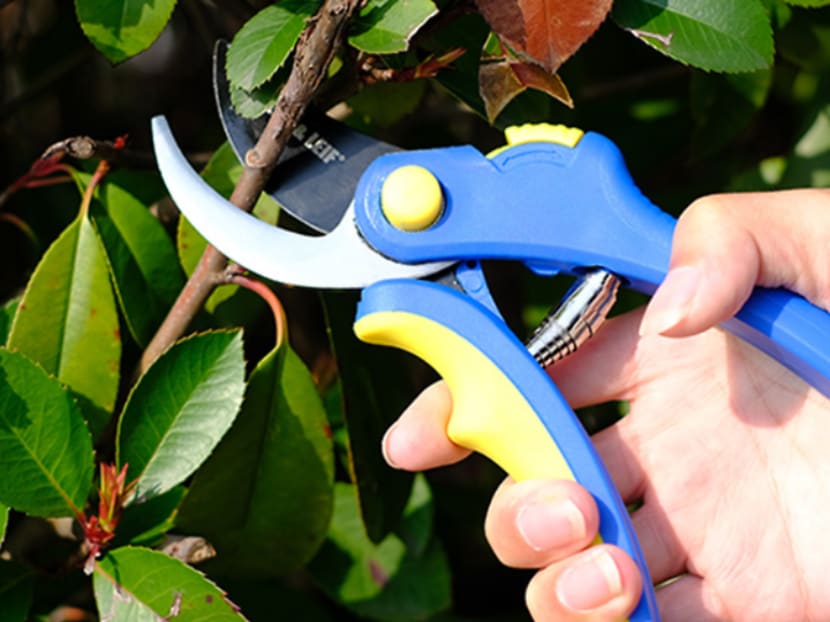
(Photo: Lazada)
SINGAPORE: One of the best things that came out of being stuck at home during the circuit breaker was discovering that I had a fairly green thumb after years of assuming I had black ones. I once sent a succulent to its watery death.
What started as a trolley herb garden escalated quickly. Several small pots of the usual suspects used as ingredients - sweet basil, rosemary, thyme - soon grew to include pandan (screw pine), lemongrass, lime, chili and even, a lemon tree.
I joined online Facebook groups to learn from gardening gurus and read up on the plants I had in my little home-farm. Online forums became goldmines on plant-how-tos.
This new hobby also gave rise to a much deeper appreciation of the gardens I would pass while running after my sons.
READ: Commentary: In defence of baking bread, watching reality TV and other frivolous fads in the time of COVID-19
We would use notable gardens as checkpoints: Turn right at the bitter gourd garden, down past the massive blue pea wall, then rendezvous where the lone pineapple grows defiantly.
PLANT THIEVES – THEY ARE REAL
You could not miss the glorious Blue Pea Wall, with its many winking blue flowers dancing in the evening breeze. At one end of the fence is a sign that read: “Please do not cut our plant, we are more than happy to gift you a cutting. Just ring the bell to ask.”
If you were unaware and read that sign, plant theft may seem almost a laughable and comical prospect to you. Is it even a thing? Someone taking a cutting or two off a lush lemongrass plant on occasion seems harmless enough. Right?
READ: Commentary: Are our neighbourhood chat groups starting to be a pain?
My estate neighbour finds herself in popular company. Plant theft is not just a real and growing issue in Singapore but a fairly common occurrence all over the world, affecting scores of individuals, organisations, businesses and public parks. Even causing some plant species to go extinct.
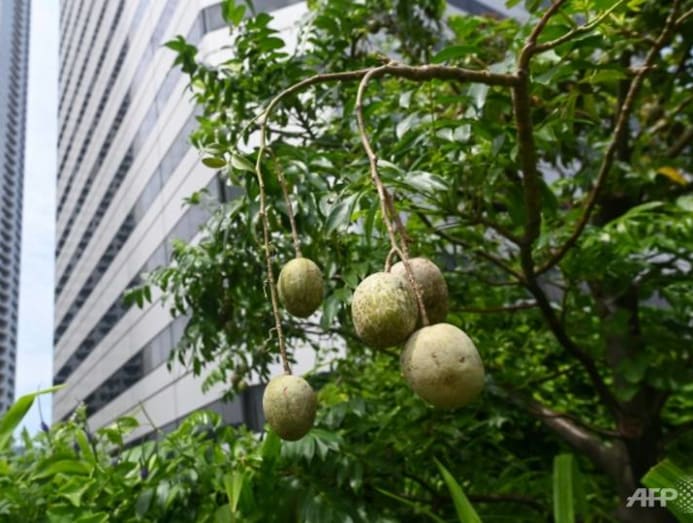
While most of the thieving is usually done under the cloak of night, some perpetrators are daring to pilfer even in the grand light of day.
The Guardian carried the story of a bold thief who cut tendrils of philodendron, variegated monstera and Scindapsus from live plants while taking a greenhouse tour.
Although the thief was caught and charged with second -degree theft, the nursery in question still suffered losses of several thousands, not including the damage done to the original plants themselves.
LOW HANGING FRUIT, DOESN’T MEAN NO CRIME
The size and public location of plants are hardly a deterrence. Just last week In Wellington, New Zealand, they lost a range of precious plants from the Wellington Botanic Gardens' begonia house. Some of the plants were up to a metre-and-a-half tall, far larger than your pocket-sized variety.
Closer to home, popular restaurant, Morsels lost their beautiful six-year old staghorn that hung prominently near their signage. “It’s really annoying that someone would come and steal (it). Makes me want to install CCTV outside now. Usually passers-by will pick on our herbs, but to steal an entire plant is a bit far-fetched,” opined chef-owner Petrina Loh,
Point to note, picking of herbs without approval of the restaurant is - surprise, surprise - illegal.
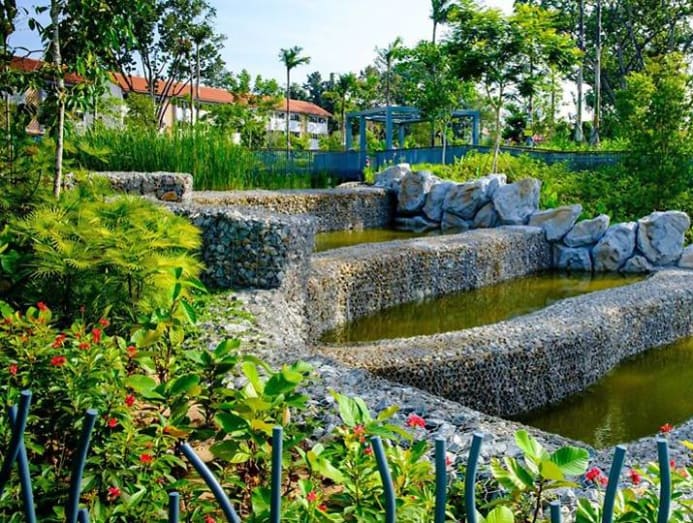
Charmaine Ting, the administrator of a popular Facebook group for caterpillar enthusiasts aptly called “The Hungry Caterpillar”, had planted a small garden at her son’s preschool only to have plants from there stolen. Literally stealing from children.
While we can argue about the severity and impact of plant thievery against, say, art theft that seems overtly more serious, stealing someone else’s property – be it a whole plant or a branch - is still a crime.
And stealing from public places is too. Under the Parks and Trees Act, it is an offence to cut, collect or displace any plants. Offenders can be fined up to S$5000.
In one instance, an offender was charged in court and fined S$3000 for removing two critically endangered Kopsia. Back in 2016, a man who stole nine bonsai plants worth S$12,400 from the Yuhua Community Centre and a Residents' Corner Garden in Jurong East was jailed for 12 months.
READ: Commentary: Watch yourself? The self-surveillance system to keep supermarket shoppers honest
So, yes, swiping a random flower to put in your child’s hair, is indeed illegal. Even if no one is on site to jump on you for it. Character is who you are when no one is watching and all that.
STEALING THE FRUITS OF ONE’S LABOUR
Local media reports highlighted that apart from community gardens, allotment gardens - individual raised plots available for rent in parks - have also seen more theft as they are not fenced.
And even though a number of community gardens have fencing or are locked, these plant swipers still sneak in when they are open.
While it seems tolerable to put up with people taking a few cuttings or leaves, but ripping off plants, stealing fruit and destroying greens crosses all sorts of lines.
People have shared in-car camera footage of a car driving up to a neighbour’s home, stopping briefly to snip off some leaves and zip away in what basically amounts to a pandan hit and run.
Facebook groups in Singapore often share their frustration on plant stealers.
“Many members of the urban farming community have experienced it. Melons, gourds, vegetables, leaves and fruits have been harvested when no one is looking. These have been taken without the owner’s consent,” said Jack Yam, an avid urban farmer and founder of The Midnight Gardener Facebook page.
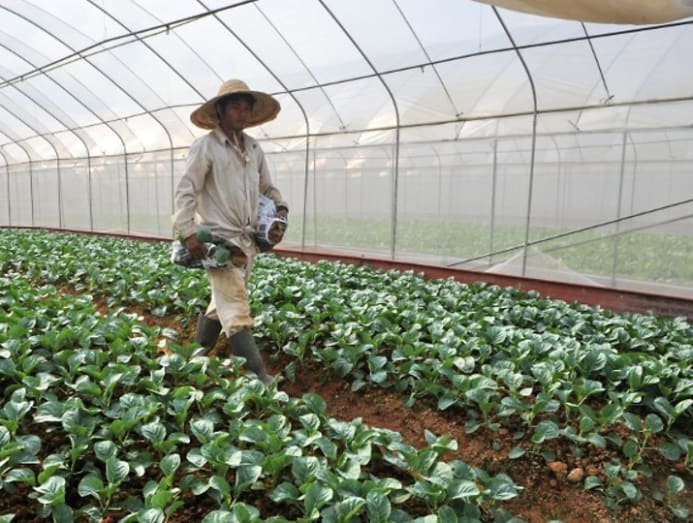
“The irresponsible deed can happen at community gardens, public rooftop gardens and even the corridors of HDB apartments, much to the dismay of the gardeners. The joy of being able to harvest one’s fresh product from the garden plot or corridor is dashed, only to find what remains of the irresponsible deed glaring at you. It’s so frustrating for these gardeners, who have put in so much tender loving care and yet not being able to enjoy the fruits of their labour.”
PROPLIFTING IS OUTRIGHT STEALING
To let this discussion bloom, pun intended, there is a grey area in all of this called “proplifting” - a wordplay between “propagating” and “shoplifting” - that has the plant world divided.
This refers to scanning the grounds of nurseries and public gardens for plant material that have broken off plants. This could be stems, leaves, small pieces of succulents which are picked up and brought home where they are placed in soil or water to allow roots to grow.
Proponents of proplifting consider these fallen-by-the-wayside plant parts trash-like and thus open game.
It is excusable “rescuing.” Apartment Therapy even ran a piece that celebrated how “Proplifters Are Getting Plants for Free from Big Box Stores” and listed several articles to get people started on it.
The gardening community seems split on this but general sentiment from the nursery owners doesn’t seem favourable. “People come in (to my nursery) just to proplift. They don't ask for permission and they don't buy anything in return,” a nursery owner writes on a discussion forum.
Another shares how someone had come in just to take plant parts for resale online. To them, what might have started as a practice of giving otherwise-dead plant parts a second chance at life has mushroomed into what flirts decidedly close to plant shoplifting.
READ: Commentary: Why would anyone steal underwear – and flout circuit breaker restrictions to do that?
It is a slippery slope. It is easy to move from picking up genuine plant material from nursery or garden floors to “accidentally” bumping in a plant and causing parts of it to fall off. Or have a pair of scissors unwittingly run into a plant.
Debates on this are rife on the proplifting forums. Medium.com shared about a major argument that erupted when a user boasted about a leaf cutting she “liberated” from Disneyland, and another user took her to task for it. “It’s just a leaf!” came the defence.
This seems to be the usual line of reasoning for many plant pilferers - proplifter or the outright blossom bandit. They genuinely believe that they are acting in isolation and because they focus on the here and now, few bother or are able to see the future repercussions of their actions.
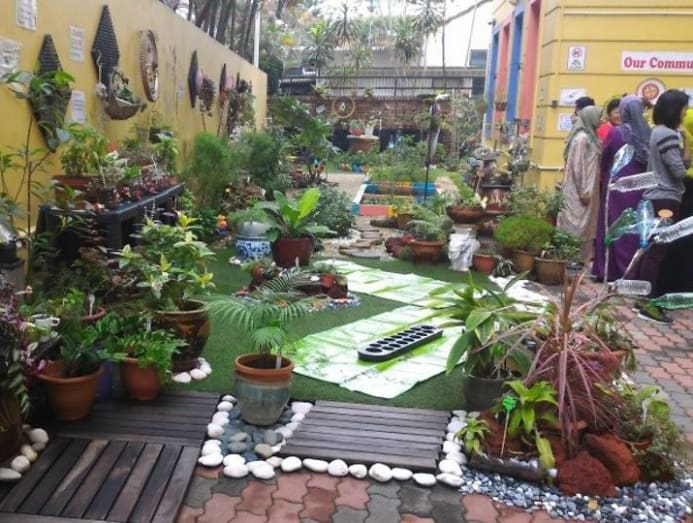
They are myopic and misinformed at best, but more likely selfish and self-entitled.
That plant thievery is rife hints at our society’s gross sense of entitlement: Look, see, want, take.
READ: Commentary: Let Singapore’s green spaces grow wild
Or perhaps, it reveals our deep impatience to succeed; it is faster to get a garden going with cuttings than raising them from seeds. Almost an instant tree mentality. Either way, their greed overrides the monetary and intangible value of that which was stolen.
And let us not discount the accompanying sense of invasion and violation.
The irony is that for generations, gardeners, farmers, growers and collectors have been happy to share cuttings with one another. People only need to ask.
Cherie Tseng is Chief Operations Officer at a local fintech company, a mother of three and editor with The Birthday Collective.





